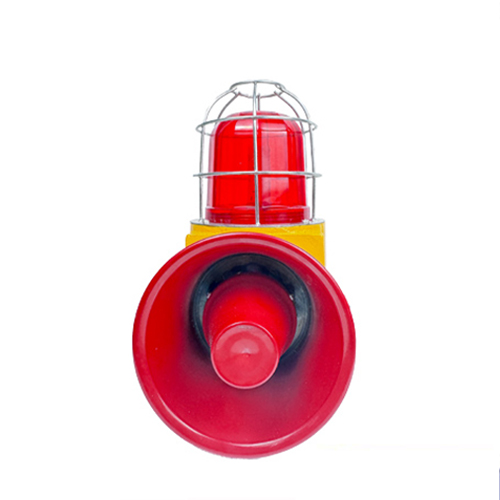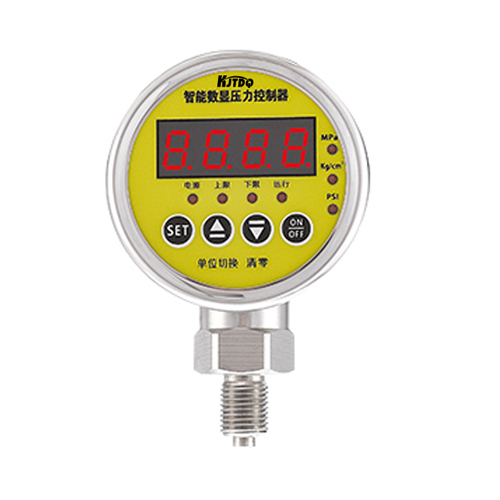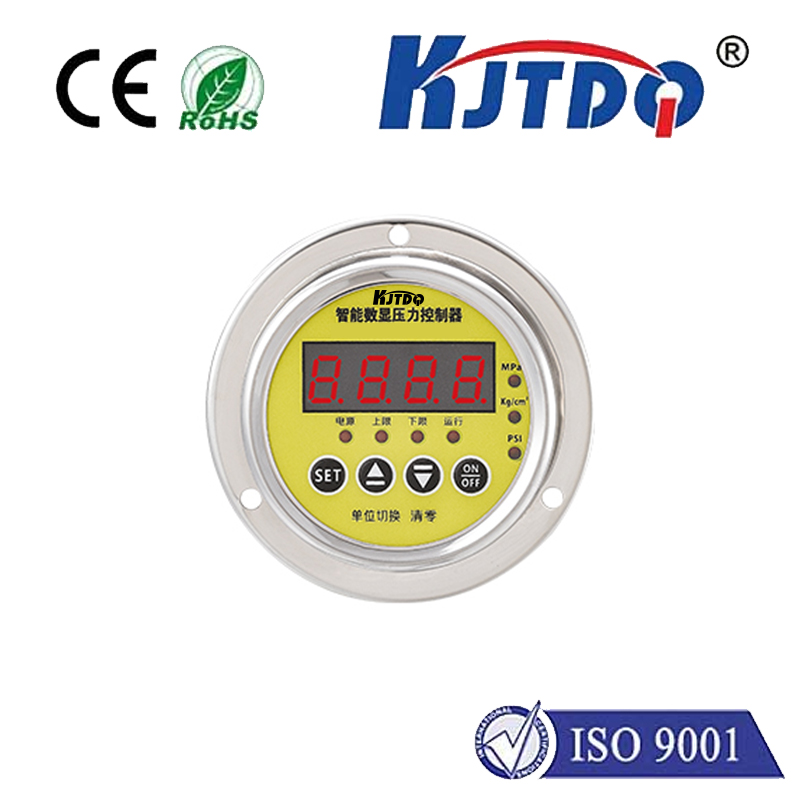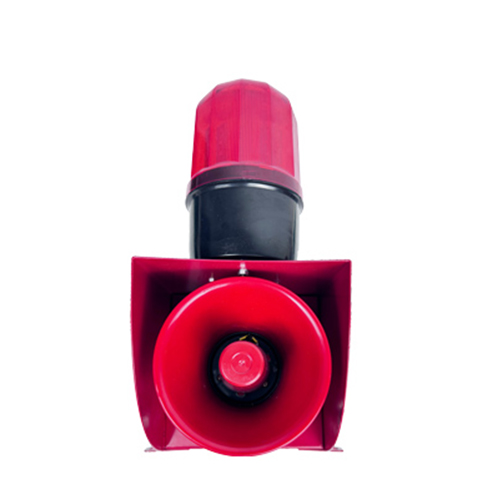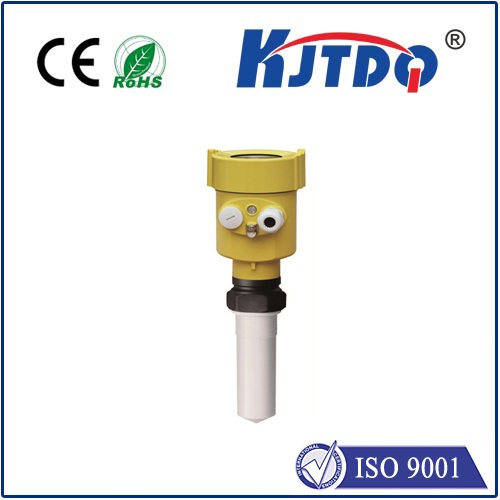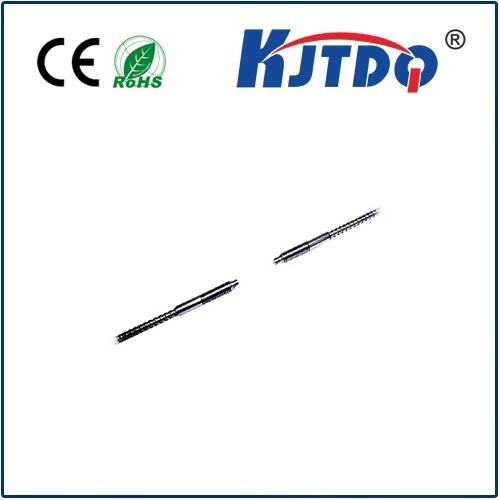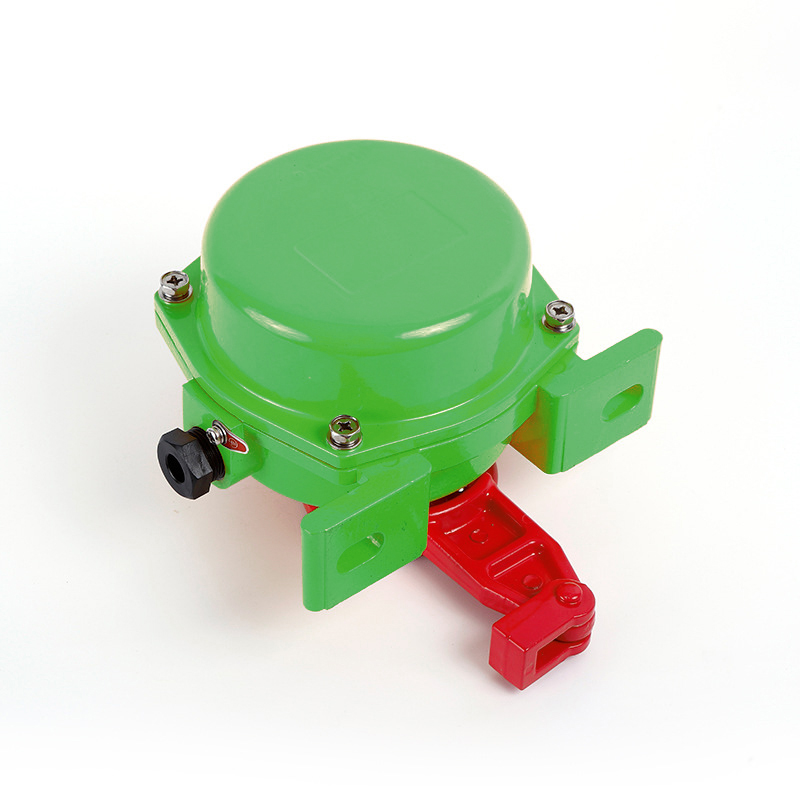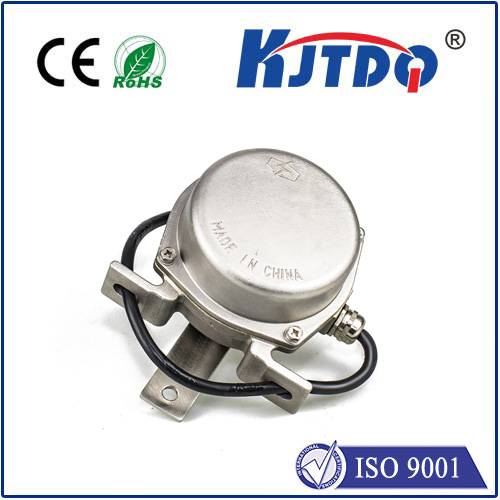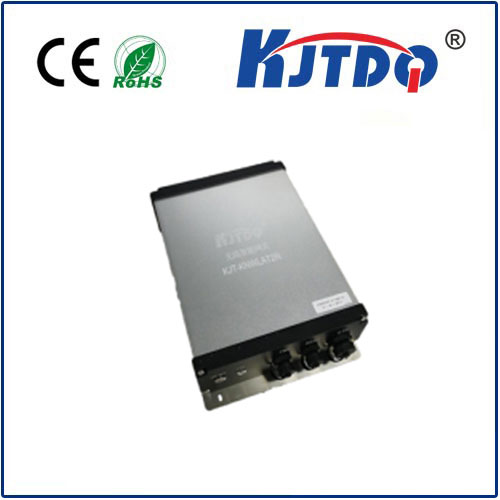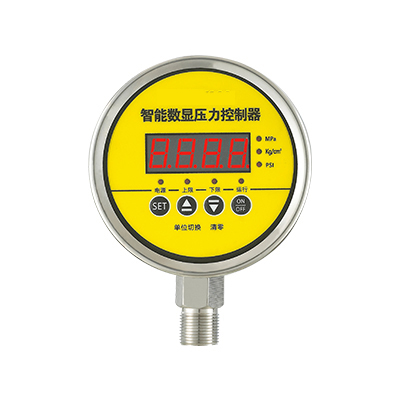

check

check

check

check
Radar with Ultrasonic Sensor: A Fusion of Technology and Innovation
In today’s fast-paced world, the integration of advanced technologies into everyday devices has become a cornerstone of innovation. One such combination is the use of radar with ultrasonic sensors, which offers a unique solution to various real-world problems. This article explores how the integration of radar and ultrasonic sensors enhances the functionality of devices, improves safety, and simplifies user experience.
Radar, short for radio detection and ranging, uses radio waves to measure distance and speed. Ultrasonic sensors, on the other hand, operate in the high-frequency range of sound waves, typically between 20 kHz and 100 kHz. These two technologies, though different in principle, work together to provide a more comprehensive and accurate system for detecting objects and measuring distances.

The synergy between radar and ultrasonic sensors is particularly beneficial in environments where one technology may have limitations. For instance, radar can detect objects at greater distances, but it may not be as precise in detecting smaller objects or in low-light conditions. Conversely, ultrasonic sensors excel in detecting small objects and in low-light or no-light environments, but they may not be as effective at long distances. By combining these two technologies, devices can achieve a more balanced and accurate performance.
In the automotive industry, the integration of radar and ultrasonic sensors is revolutionizing driver assistance systems. These systems are used in features like automatic parking, adaptive cruise control, and obstacle detection. For example, in automatic parking, ultrasonic sensors are used to detect the presence of obstacles and calculate the necessary distance for parking. At the same time, radar can provide additional information about the speed and direction of the vehicle, allowing for more precise control.
Another application of radar with ultrasonic sensors is in robotics and automation. In industrial settings, these sensors are used to monitor the environment and detect objects in real-time. This helps in improving efficiency and reducing the risk of accidents. In agricultural applications, ultrasonic sensors can detect soil conditions and monitor crop health, while radar can provide data on wind speed and direction, which is crucial for optimizing crop management.
Moreover, in consumer electronics, the integration of radar and ultrasonic sensors is enhancing the user experience. Smart home devices, for instance, use these sensors to detect movement and adjust settings accordingly. This not only improves convenience but also enhances energy efficiency by ensuring that devices are only powered when needed.
The advantages of using radar with ultrasonic sensors extend beyond just functionality. They also contribute to safety and reliability in various applications. For example, in autonomous vehicles, the combination of these sensors allows for a more robust system that can detect and respond to a wide range of environmental conditions. This reduces the likelihood of accidents and enhances overall safety.
As technology continues to evolve, the integration of radar with ultrasonic sensors will likely become even more sophisticated. Future developments may include more advanced AI integration, real-time data processing, and enhanced environmental awareness. These advancements will further improve the performance and reliability of devices that rely on these technologies.
In conclusion, the combination of radar and ultrasonic sensors represents a significant advancement in technology. Their integration not only enhances the functionality of various devices but also improves safety and user experience. As we continue to innovate, the potential applications of these technologies will only expand, making them an essential part of modern life.
